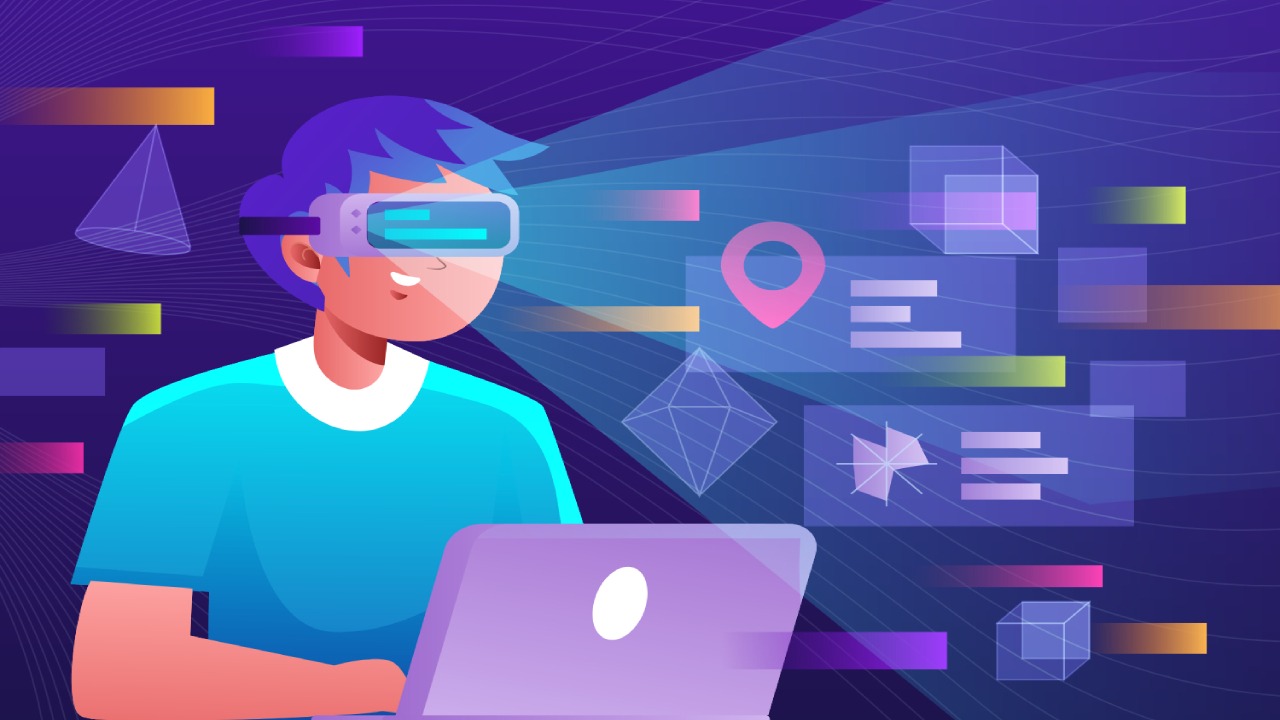WebDev in the AI Era: How to Build Smarter, Adaptive Websites in 2025
The way we build websites has changed drastically. In 2025, artificial intelligence (AI) plays a major role in how websites function, interact, and adapt. Static, one-size-fits-all pages are quickly becoming outdated. Now, users expect experiences that feel tailored, intelligent, and responsive to their individual needs.
This blog explores how AI is driving adaptive web design and what developers can do to stay ahead.
What Does Adaptive Really Mean?
An adaptive website changes based on the user’s behavior, preferences, location, and device. It doesn’t just look different on a phone or desktop—it responds intelligently. For example, a returning visitor might see different content than someone visiting for the first time. AI helps power these real-time adjustments.
How AI Is Changing Web Development
AI is not just a tool—it’s part of the architecture of modern websites. Here’s how:
- User Experience (UX) Personalization
AI tools track and analyze user interactions to modify layouts, show relevant content, or recommend products. - Dynamic Content Generation
Pages can display real-time, user-specific content using AI-driven systems, without requiring manual updates. - Smarter On-Site Search
AI helps interpret vague or misspelled queries, offering more accurate results to users. - Chatbots and Virtual Assistants
Modern bots can handle support, guide navigation, and even upsell products based on user input. - Automated Optimization
AI tools test layouts, images, and CTAs, learning what works best and adjusting without human intervention.
Tips for Building AI-Enhanced Websites
- Start with User Behavior Data
Use heatmaps, scroll tracking, and session recordings to understand how visitors interact with your site. - Add Smart Personalization Features
Show different banners, product lists, or blog suggestions based on user history or behavior. - Use AI for Content Efficiency
Automate parts of your content strategy, like generating headlines or summaries that adapt per user type. - Keep Design Simple and Fast
AI features should never slow the site. Maintain quick load times and clean interfaces. - Respect Privacy and Consent
Be transparent about data collection and always offer opt-in options for tracking or personalization.
Real Example: An Online Learning Platform
A learning site uses AI to adapt its homepage based on the student’s activity. If a user hasn’t completed a course, the system reminds them. For new visitors, it highlights trending programs. This targeted approach increased course completion rates and reduced bounce rates.
Final Thoughts
In 2025, adaptive web design driven by AI isn’t optional—it’s expected. Websites that adjust intelligently to user needs will perform better, convert more, and keep people engaged longer.
Start by experimenting with small AI features, measure their impact, and scale what works. Smarter web development starts with smarter decisions.

